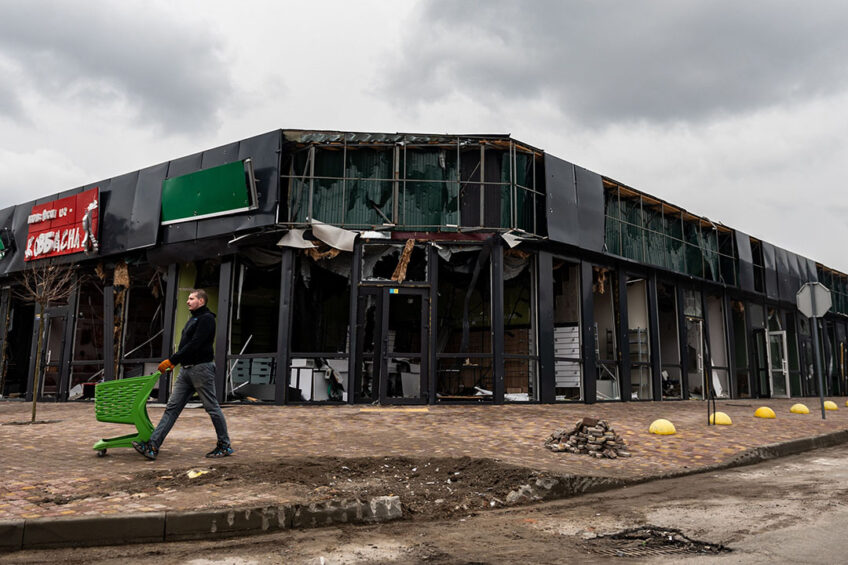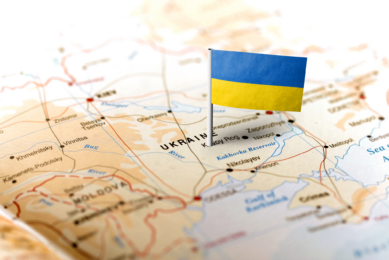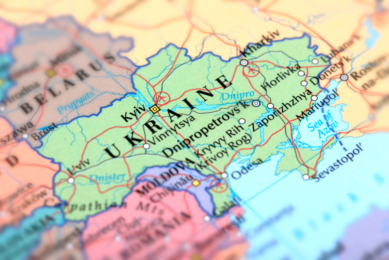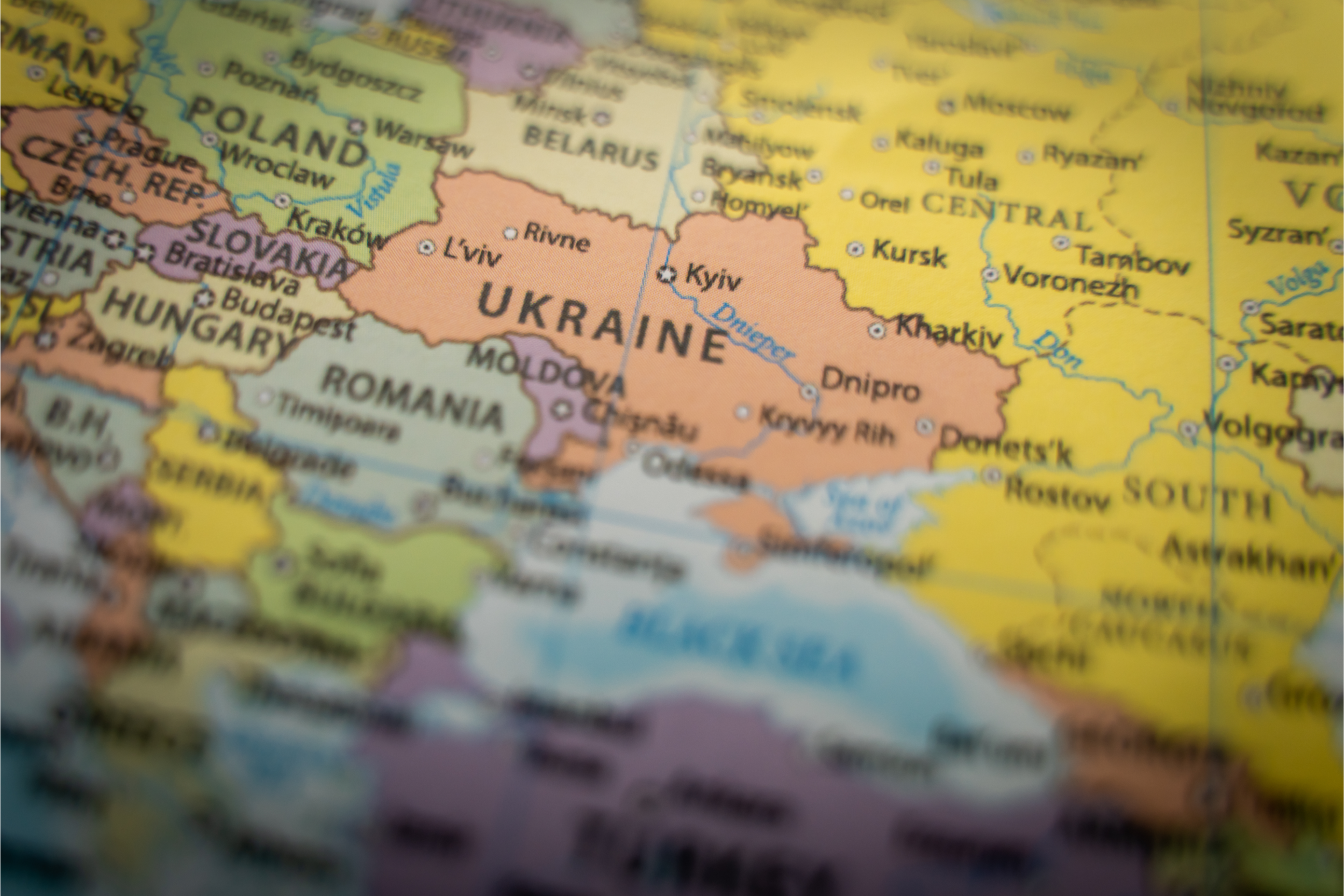Ukraine’s pig industry is in critical condition

The Russian invasion has put Ukraine’s pig industry in jeopardy as large breeding, slaughtering and processing capacities are located in the occupied territories, said Daniil Getmantsev, head of the financial committee of the Verkhovna Rada following a meeting with the Ukraine Meat Industry Association on June 7.
“Unfortunately, a critical situation has emerged in the meat and pig industries of Ukraine,” Getmantsev said, adding that things were so tough that Ukraine’s national food security was on the line. “As a result of Russia’s military aggression, a significant part of large agricultural companies engaged in breeding pigs and meat processing ended up in the combat zone and the temporarily occupied territories.”
Among the companies impacted by the Russian invasion, Getmantsev listed Ukraine’s largest pork producer APK-Invest, and several major processors: Slobodskoy agricultural plant, Myasnoy Meat Processing Plant, Saltovsky Meat Processing Plant, and East Ukrainian Meat Processing Plant.
High-risk zones
In the first weeks of the war, supply chain disruptions and general disorientation of market operators seemed to threaten the entire Ukrainian pig industry, said Oksana Jurchenko, head of the Ukrainian pig breeding association, adding that the apocalyptic forecasts, fortunately, were not destined to come true.
“Currently, a certain regionalisation of high-risk zones has been formed in the east and southeast of the country, where farms provided 23% of industrial pork production last year are located,” Jurchenko said adding that farms in 5 regions where hostilities are now localised: Donetsk, Zaporizhzhia, Luhansk, Kharkiv and Kherson regions – are in difficult conditions, either in occupation, or situated close to the fights.
“In such circumstances, farms are completely or partially logistically isolated having no access to the sale of pigs for slaughter, deprived of the opportunity to replenish working capital and, accordingly, purchase feed and veterinary drugs,” she said.
Fears of conflict escalation
In addition, the Dnepropetrovsk region, which is close to the war zones, is also considered by some operators a high-risk region due to fears of a further conflict escalation, as well as an outflow of consumers and labour, Jurchenko added.
On the other hand, in the centre and the west of Ukraine, including the de-occupied Kyiv and Chernihiv regions, the vast majority of pig farmers continue to work as usual. In these regions, pig farmers do not experience significant difficulties with the purchase of feed. In addition, most of them have already secured sufficient feed stocks in case of force majeure, she said.











